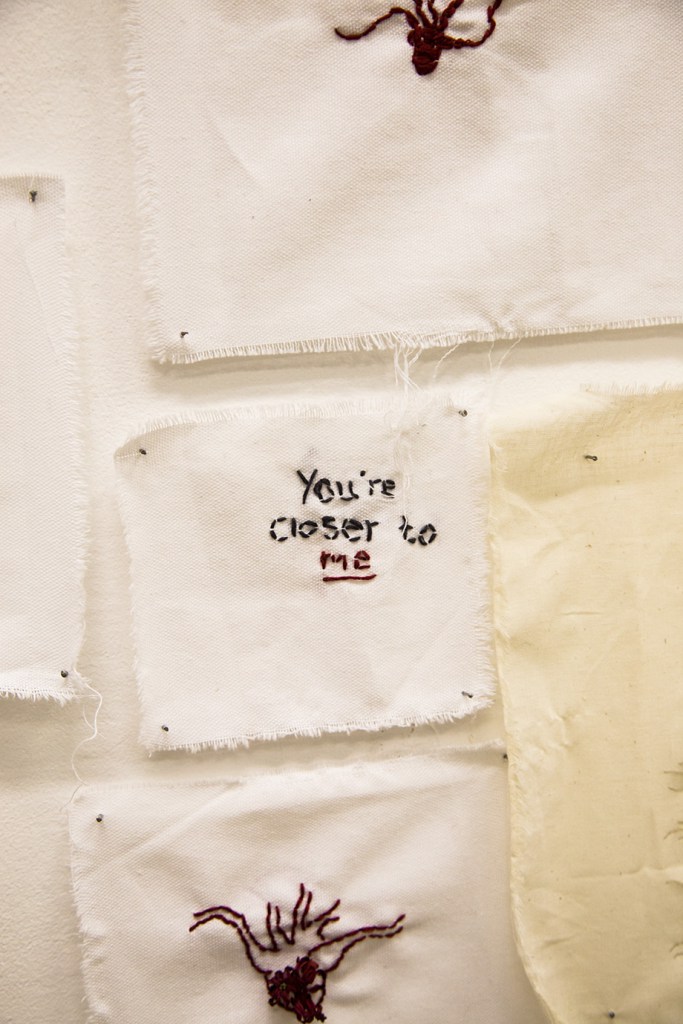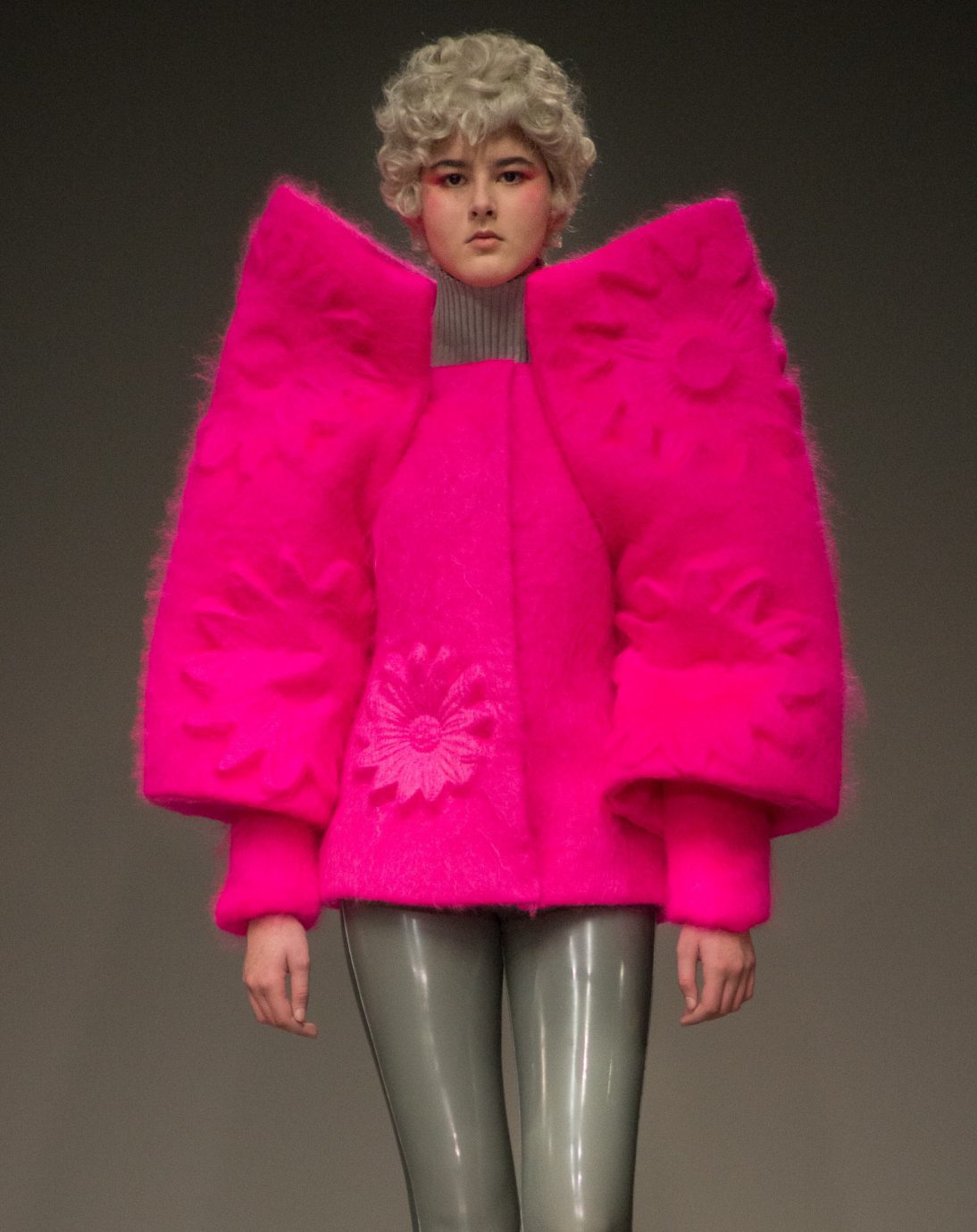When Fumika Oshima enrolled on the BA Fashion course at CSM, she already had a love of vintage fabrics, but the print-clashing, patchwork aesthetic of her graduate collection was a far cry from her previous work. While studying, Fumika co-founded Proposition Clothing with vintage clothing collector Richard Spandler. A muted mix of minimalist styling and clean cuts, the Proposition manifesto provided strict guidelines for her designs. At CSM, the Japanese designer cut loose, staging an intervention for her own creative process. The gamble paid off, as she was made L’Oréal Professionnel Young Talent runner-up. With other designers moving indoors under lockdown and facing new obstacles in their old routines, there is something to be gleaned from Fumika’s decision to mix things up.
What was your experience of CSM?
CSM itself was a bit disappointing. Sometimes I questioned the tutors’ advice and decided not to take it, but mostly because I believed in what I was doing. Generally, I was looking for a more collaborative style of education, where people from different departments would work together. Fashion felt very separate from everything else. I would have liked more access to other departments, so I could experiment and explore. That said, I miss the facilities a lot. I am struggling to find a decent printing space, but maybe being limited makes you more creative.
How did Proposition come about?
I love clothes with a sense of history and character, which is why upcycling vintage appeals to me. I met Richard while I was in London, because he was dealing old clothes and fabrics. Proposition was an opportunity to use the vintage fabrics he sourced and modernise them by applying my design skills. Because many of the clothes he sources have parts missing, we tend to cut them up and patch them back together. Our clothes almost look like part of history, because of the fabrics, but we have modified them into something more interesting.
“Having a brand is about making other people’s desires work with your own.”
How did your approach differ between your graduate collection and your brand?
Having a brand is about making other people’s desires work with your own. My graduation collection was entirely for me, so it was very different. For the graduate collection, I was inspired by a Russian artist called Ilya Kabakov, who did an exhibition entitled ‘Ten Characters’. He didn’t believe in ego and identity, but in creating art the way you create literature. It’s more about expanding beyond your own identity into new possibilities. So, I developed six characters with different personalities and based my design decisions on what each of those characters would like to wear. Then I started collecting reference images. I wanted to do a lot of printing in this project, so I started experimenting with lots of colours. I never used much colour in previous collections, which is why I called this one ‘Making friends with enemies.’ Using colours and prints felt rebellious to me. From that point, it just flowed.



















